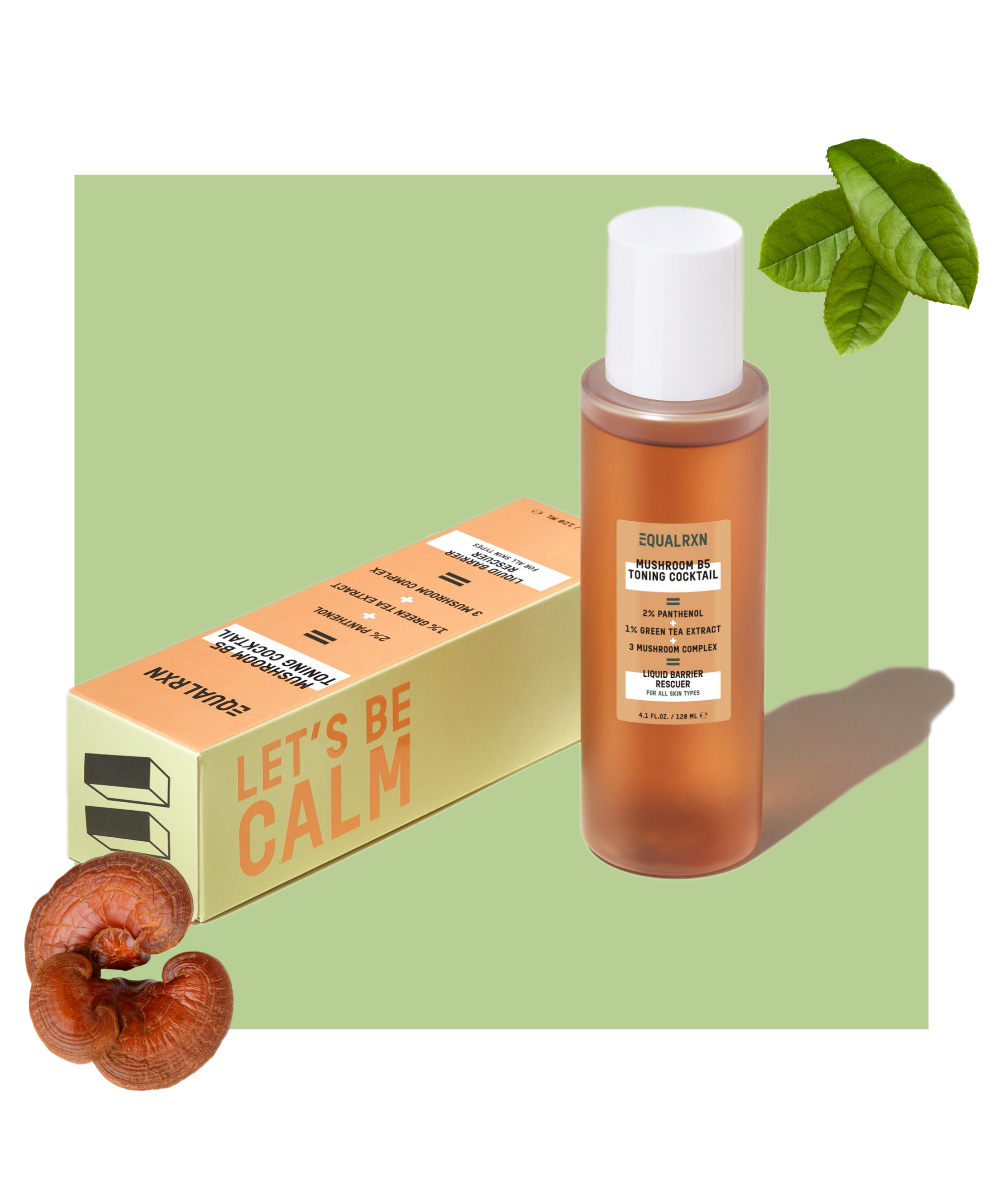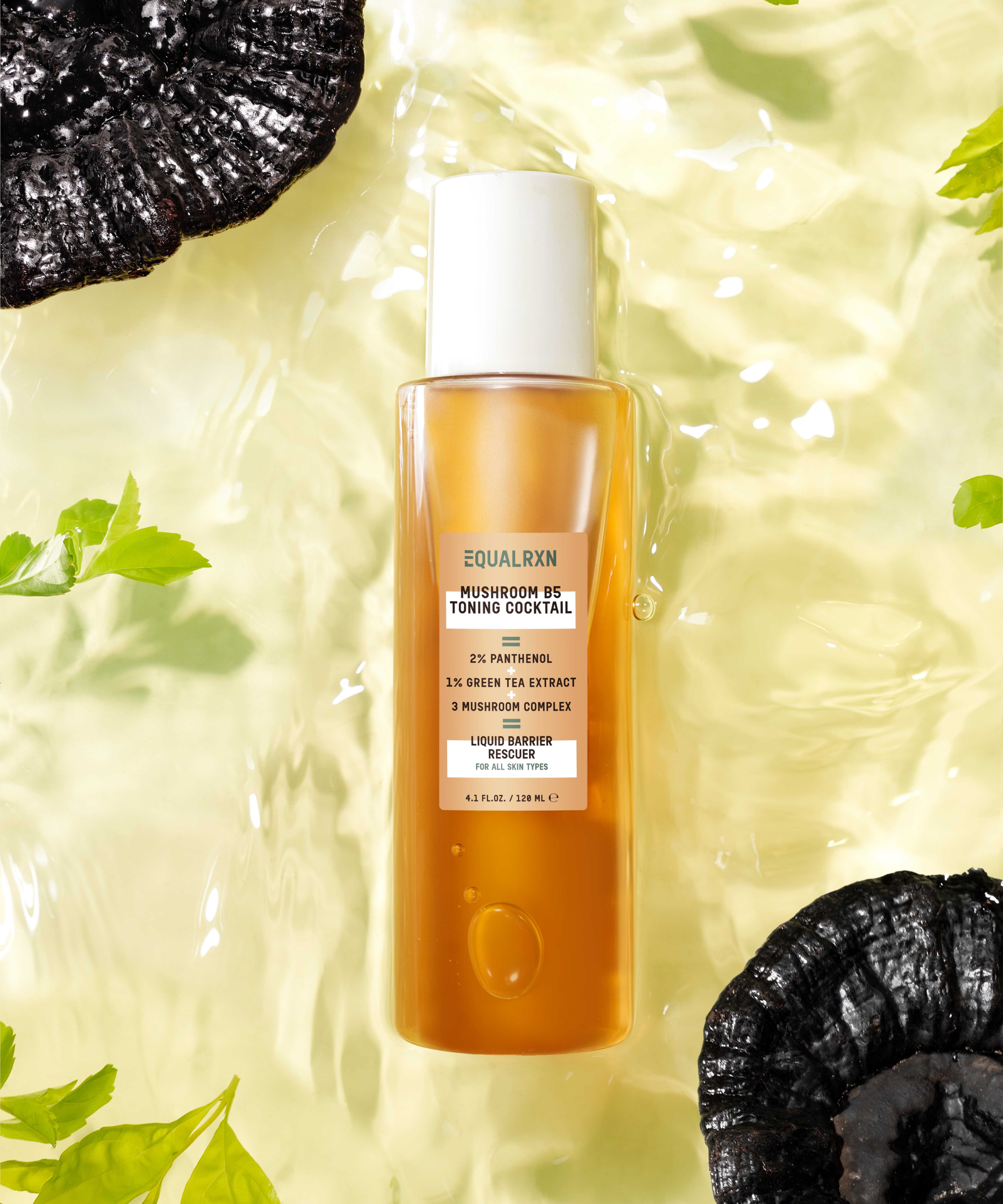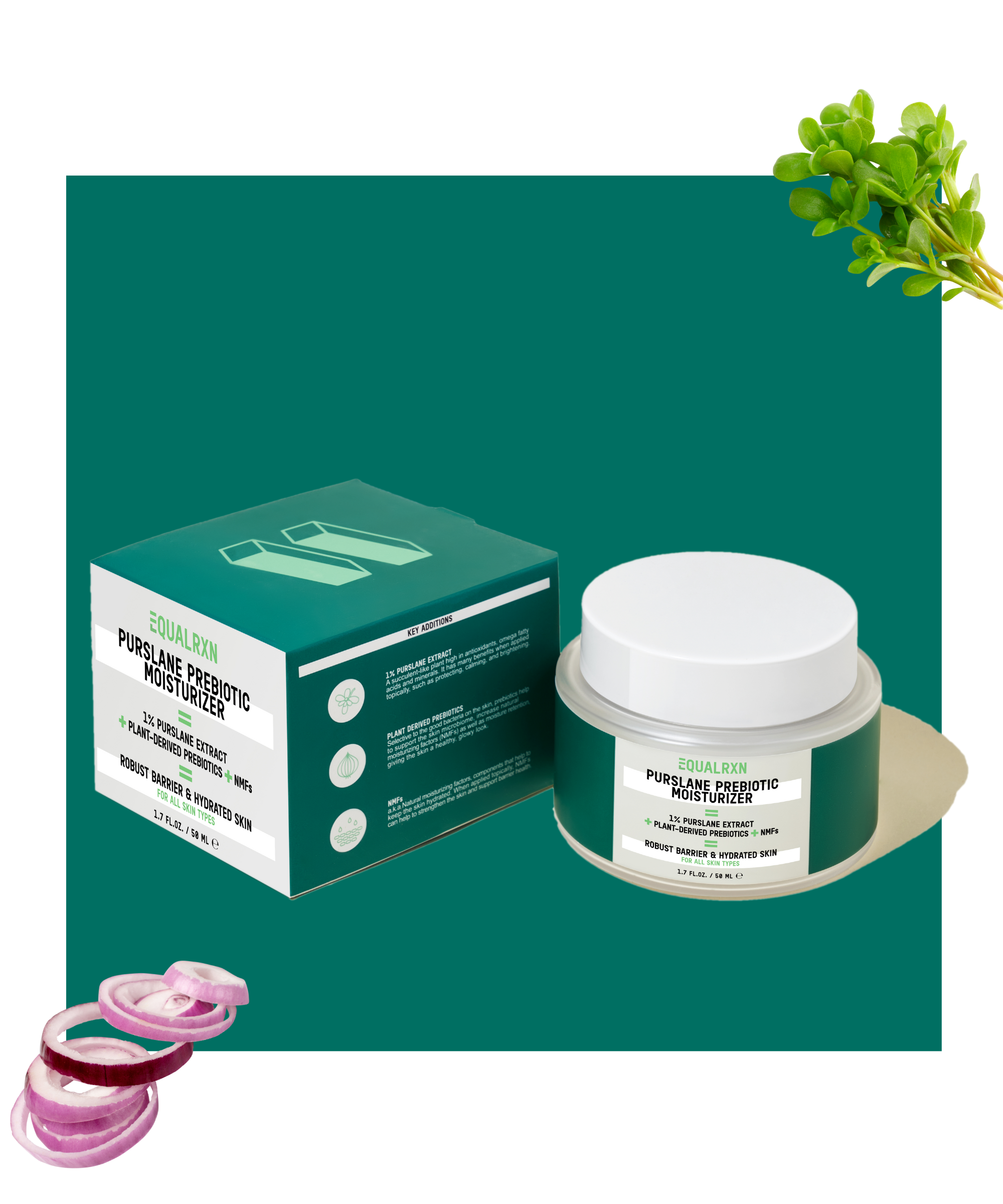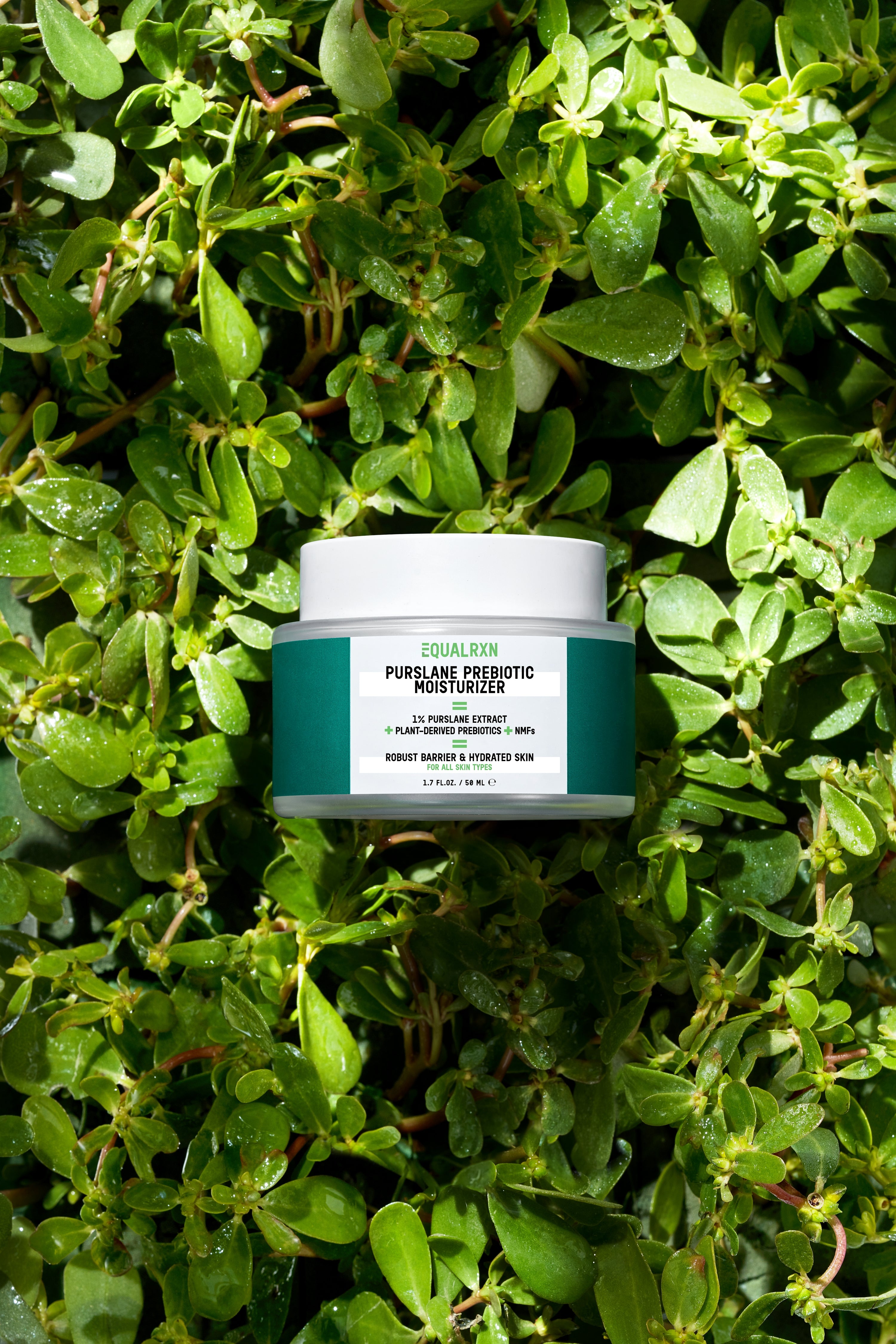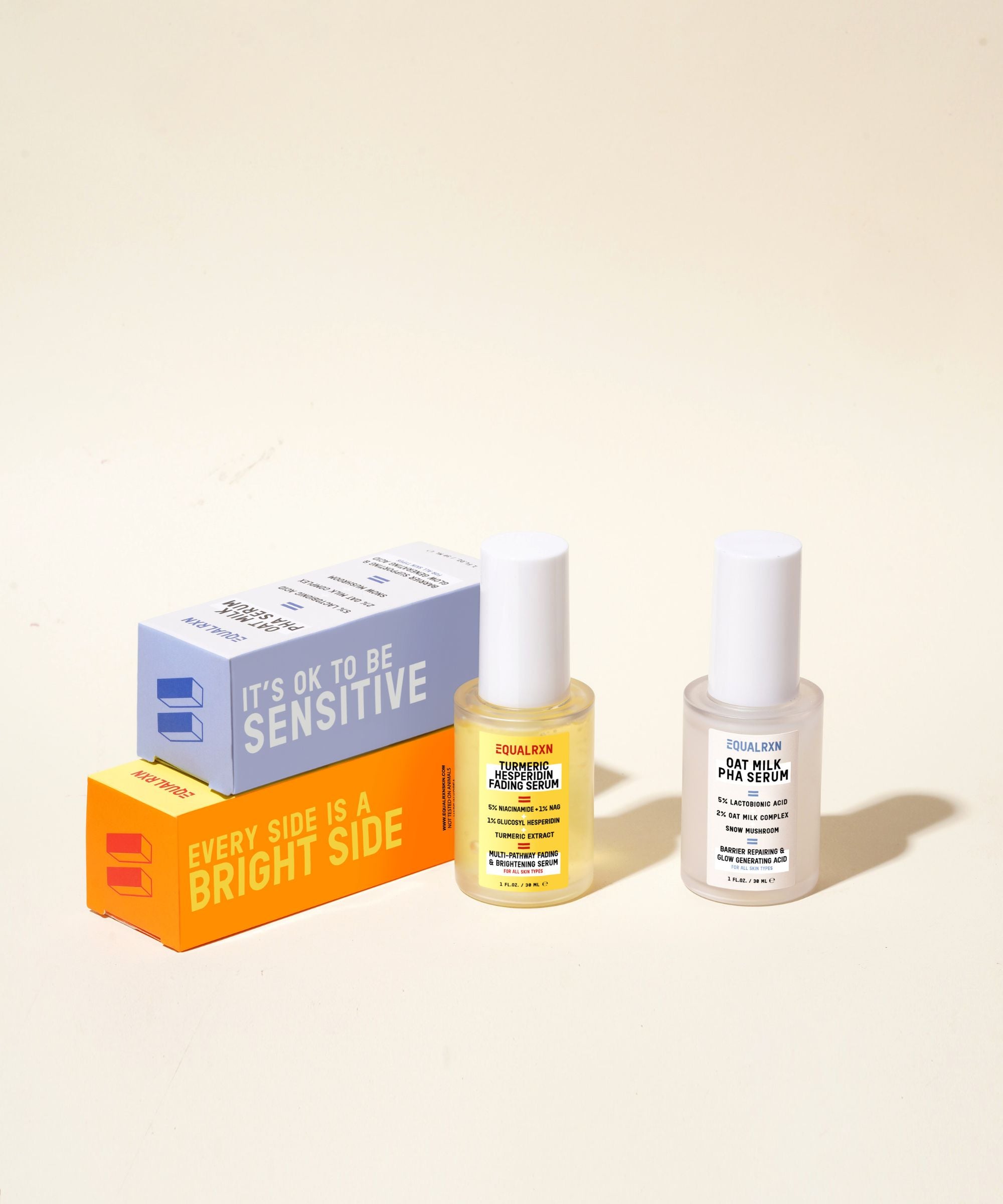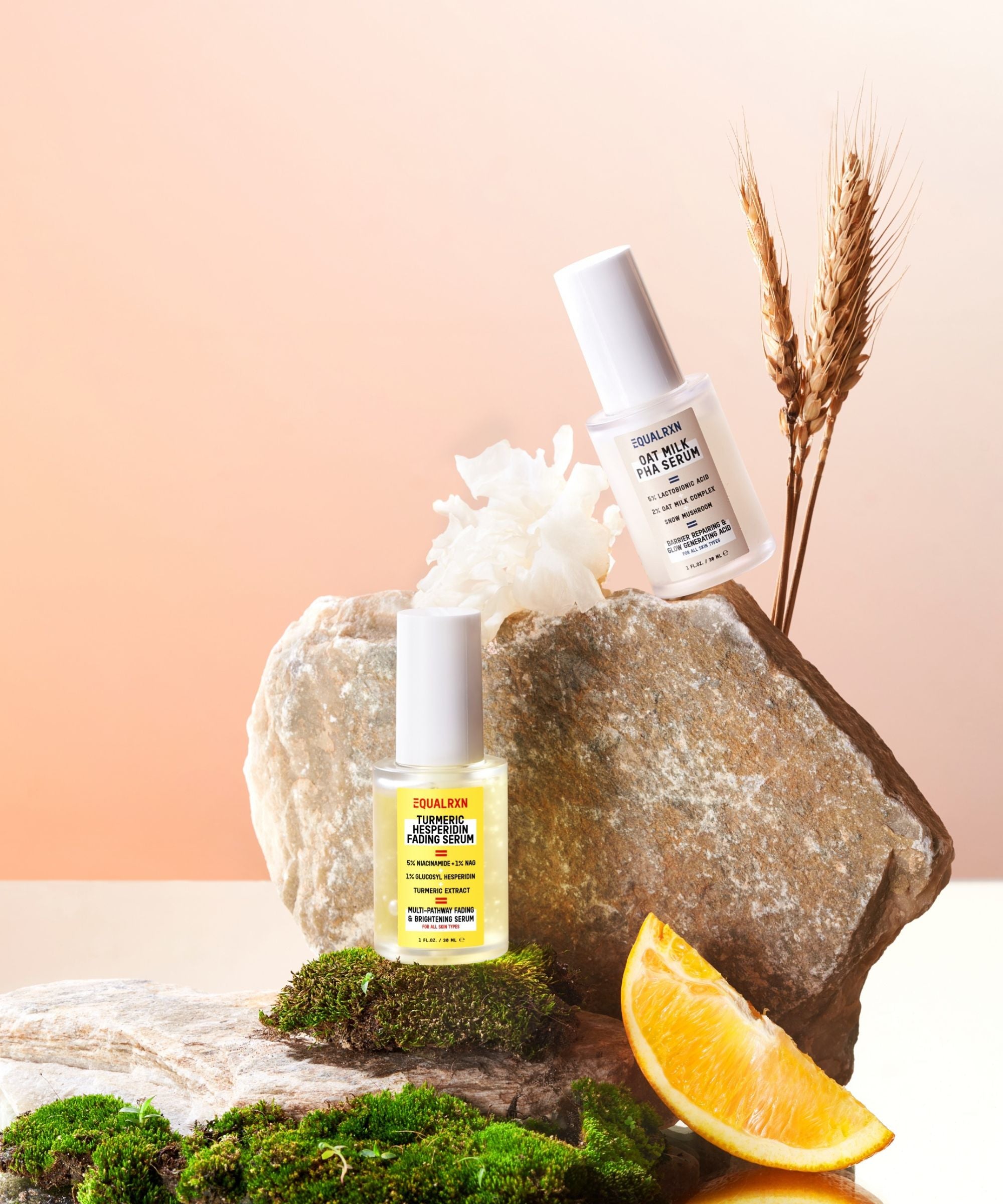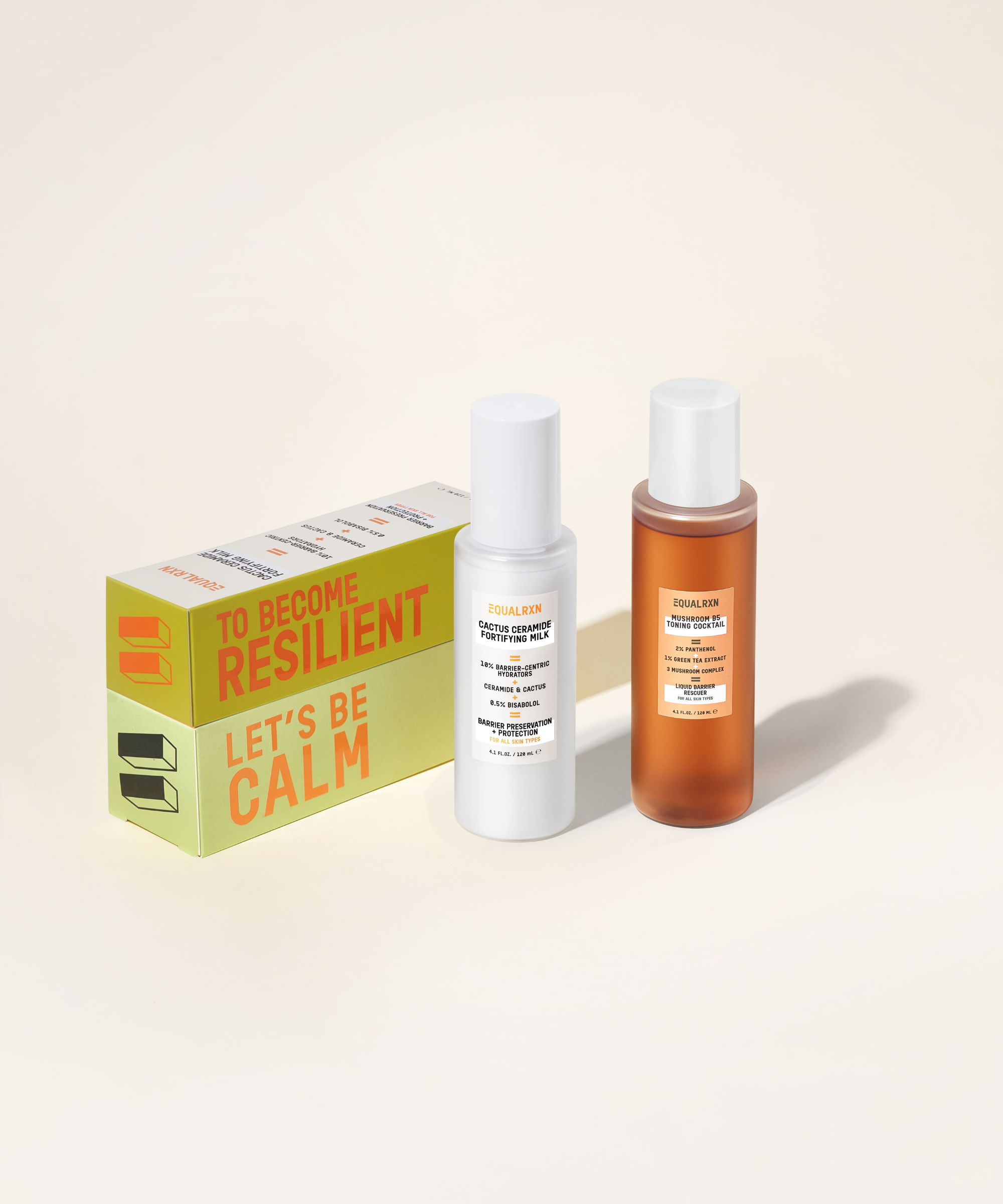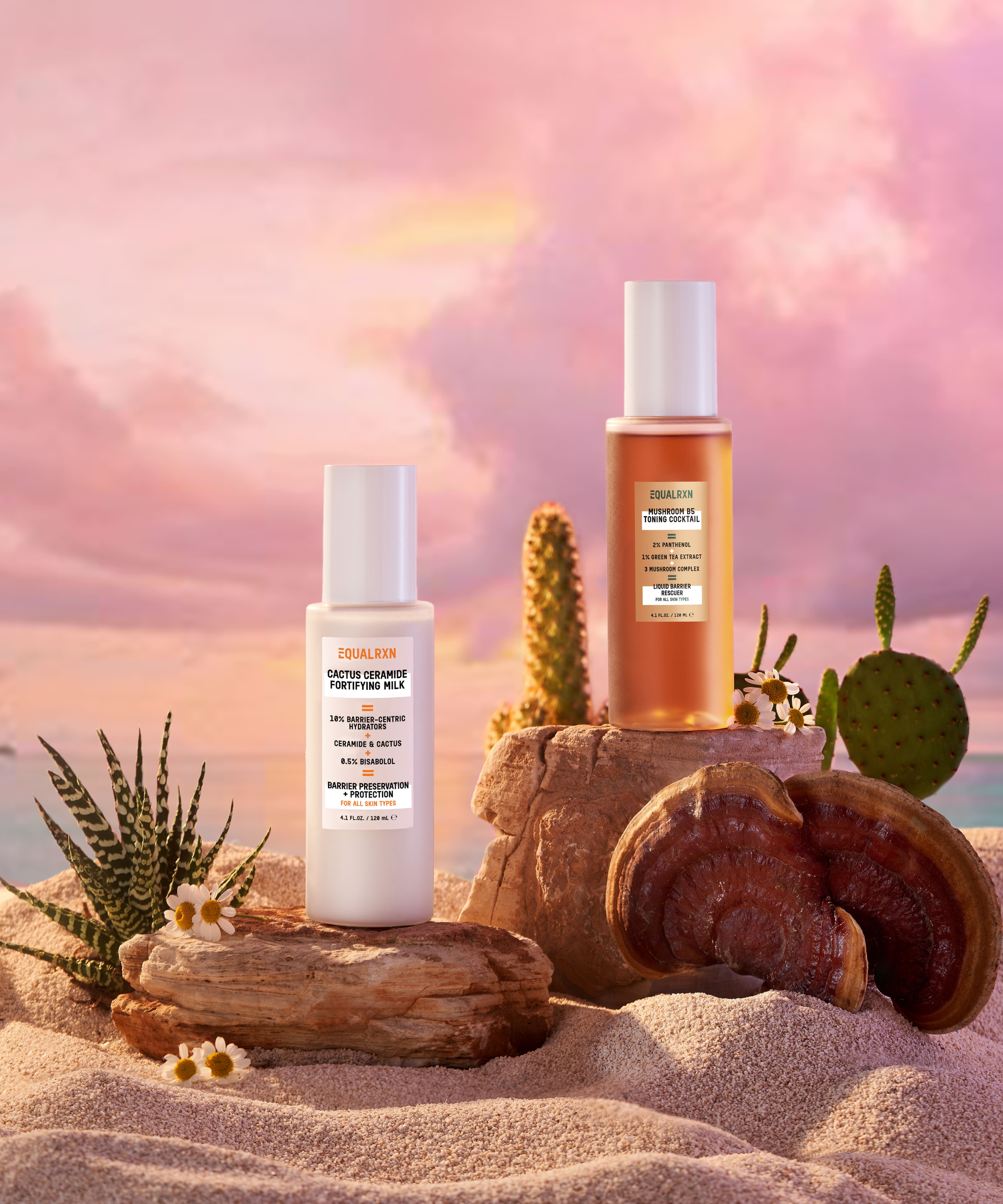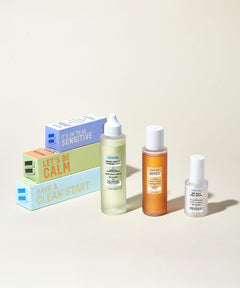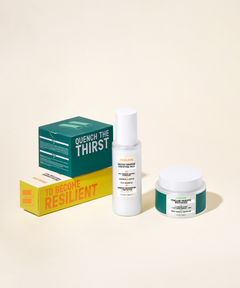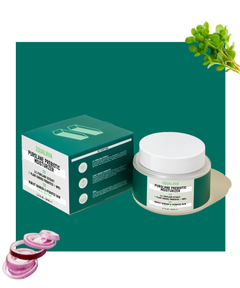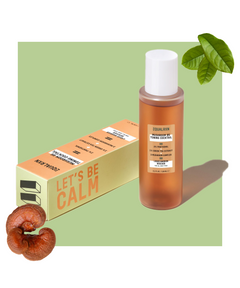What is Zinc PCA?
Zinc PCA is a compound that combines Zinc, a mineral, with L-Pyrrolidone Carboxylic Acid (PCA), a moisturizing agent. In skincare, Zinc PCA is used to regulate sebum production by reducing excess oil secretion from the skin's sebaceous glands. This makes it beneficial for oily and acne-prone skin, helping to mattify the complexion and potentially offering antibacterial benefits to manage acne.
How does this ingredient work in skincare?
Zinc PCA functions in skincare primarily by regulating sebum production and supporting skin health through its dual actions. Firstly, it helps to control excess oil secretion from the skin's sebaceous glands, making it particularly beneficial for individuals with oily or combination skin types. By reducing oiliness, Zinc PCA helps to mattify the skin and minimize shine, promoting a more balanced complexion. Secondly, Zinc PCA is believed to possess antibacterial properties that can help inhibit the growth of acne-causing bacteria on the skin's surface, potentially reducing the occurrence of breakouts. Its combination of sebum-regulating and antibacterial effects makes Zinc PCA a valuable ingredient in skincare products aimed at managing acne, controlling oiliness, and maintaining overall skin clarity and balance.
How does this ingredient compare to others?
Zinc PCA stands out among skincare ingredients for its specific role in regulating sebum production and managing oily skin. Unlike salicylic acid, which primarily exfoliates and unclogs pores, Zinc PCA directly controls oil secretion from sebaceous glands, effectively reducing shine and maintaining a matte complexion over time. Compared to niacinamide, which offers broader benefits including pore tightening and skin barrier support, Zinc PCA's targeted action makes it particularly beneficial for individuals with persistent oily skin concerns. Additionally, while tea tree oil targets acne-causing bacteria, Zinc PCA complements this by preventing excessive oil buildup, which can contribute to the formation of acne.
Potential benefits of this ingredient for the skin
- Sebum Regulation: Zinc PCA helps control and reduce excess oil production, making it ideal for oily and combination skin types, leading to a more balanced and matte complexion.
- Anti-Acne Properties: Its antibacterial properties can help inhibit the growth of acne-causing bacteria, potentially reducing the occurrence of breakouts and promoting clearer skin.
- Moisture Retention: PCA, a natural moisturizing factor, helps maintain the skin's hydration levels, ensuring the skin stays moisturized without becoming greasy.
- Anti-Inflammatory Effects: Zinc PCA has soothing and anti-inflammatory properties, which can help calm irritated skin and reduce redness associated with acne or other skin conditions.
- Skin Healing: Zinc is known for its role in skin healing and repair, aiding in the recovery of damaged skin and enhancing overall skin health.
- Pore Minimization: By regulating sebum production, Zinc PCA can help reduce the appearance of enlarged pores, contributing to a smoother and more refined skin texture.
Products we use this ingredient in
Spirulina Zinc Treatment Loose Powder
References
- Takino, Y et al. “Zinc l-pyrrolidone carboxylate inhibits the UVA-induced production of matrix metalloproteinase-1 by in vitro cultured skin fibroblasts, whereas it enhances their collagen synthesis.” International journal of cosmetic science vol. 34,1 (2012): 23-8. doi:10.1111/j.1468-2494.2011.00676.x
- Gupta, Mrinal et al. “Zinc therapy in dermatology: a review.” Dermatology research and practice vol. 2014 (2014): 709152. doi:10.1155/2014/709152

